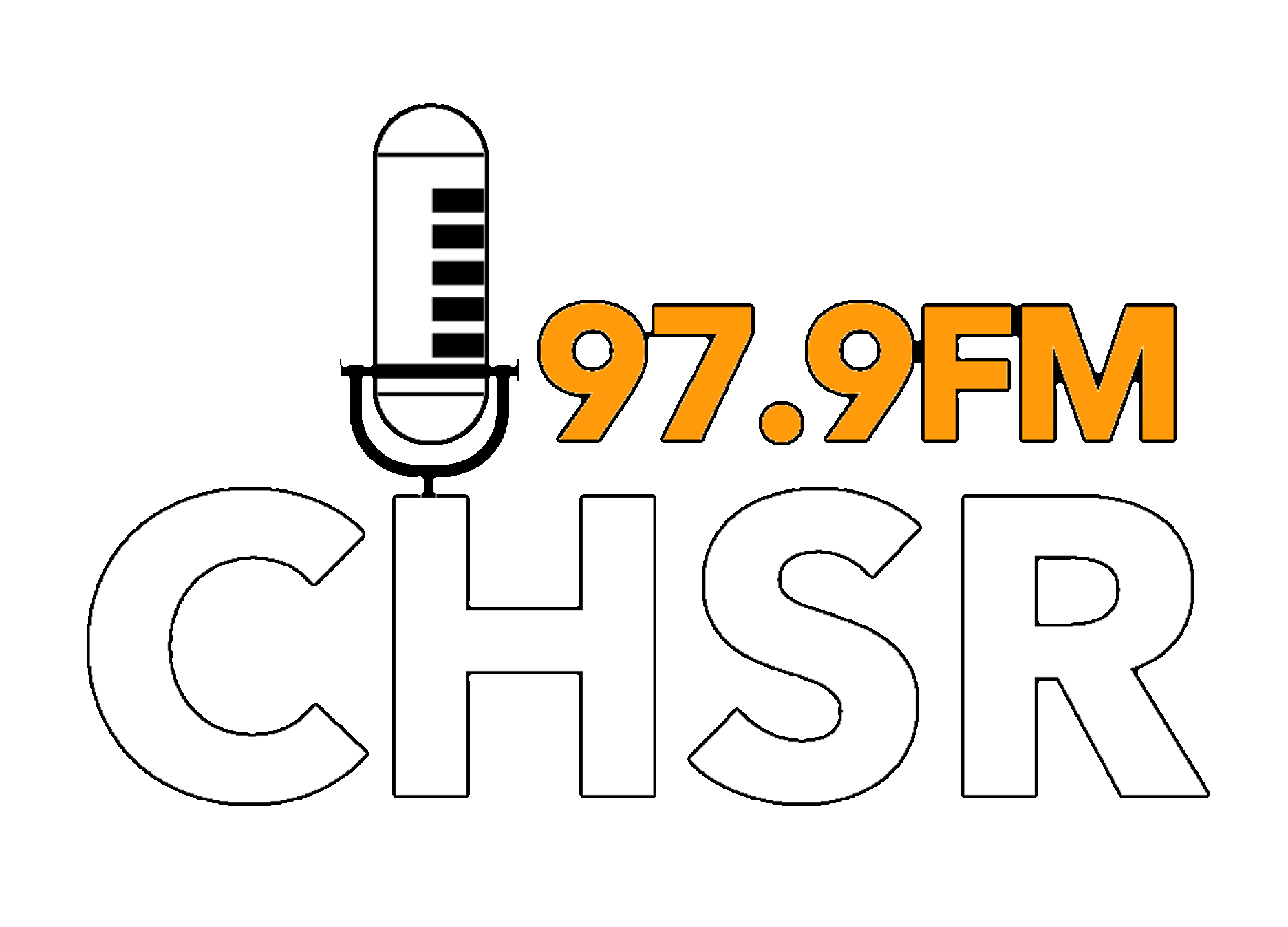Oozin’ and Bruisin’ Death Metal – 90%*
I will open with the statement that I love this album. I have never understood the disdain this album received over the years, and I personally have a huge soft spot for it.
For a bit of personal history: When I was first getting into death metal, I started with debut albums of most of the big bands-Death, Morbid Angel, Nocturnus, Bolt Thrower, Gorguts, Obituary, Deicide, Entombed and the like. Of these, Death’s Scream Bloody Gore and Morbid Angel’s Altars of Madness were the immediate standouts (although all of those releases are fantastic).
I did not listen to any Morbid Angel past Altars of Madness for about 4 years. I was getting into CD collecting around that time, and found a copy of Morbid Angel’s Covenant. Immediately, the production and change in David Vincent’s voice threw me for a loop. Gone were the demonic rasps heard on Altars, replaced by what can only be described as a bark. It took me a month to listen to the album past Rapture, but once I did, I found it was still the same band from Altars (minus a guitarist), but their musicianship had improved. Obviously Angel of Disease was an exception, but the habit of including older songs on newer Morbid Angel albums was a tradition that would continue on to Formulas. But where Covenant comes into this conversation is its closing track God of Emptiness. This track saw Morbid Angel delving into a doomy, almost dirge-like sound. God of Emptiness was clearly on the band’s mind when they wrote the album in question today. Blessed are the Sick was a medley of the sound the band had on Altars and a foreshadowing of the sound they would soon pursue further on Covenant.
Onto the album itself: Domination was a step forward for the band’s work on Covenant. The electronic interlude on Covenant and doomy sound found on God of Emptiness, as well as the more technical blast-heavy fast sections are all fleshed out further on this album.
The album starts with its (almost) title track “Dominate,” which is a quick 2 minute blast of heaviness, before fading into the massive “Where the Slime Live.” Where the Slime Live is one of the greatest Morbid Angel songs ever. Make sure to listen to the album version, not the music video version which is about a minute shorter. Where the Slime Live establishes the groovier approach this album uses to great effect. It also features what I believe to be Erik Rutan’s first solo on this album. After the band’s short time as a 3 piece band on Covenant, they have once again become a 4 piece band with the addition of Erik Rutan, formerly of Ripping Corpse (listen to Dreaming with the Dead ASAP). Him and Trey Azagthoth take turns at shredding eldritch solos throughout this album, and their twisted riffing and soloing can best be heard in songs like Inquisition (Burn With Me), which has a fantastic example of the dual guitar approach taken on this album in its intro. Dawn of the Angry is another notable example of this riffing (the opening riff in particular is a standout example).
This album and Covenant take similar approaches in their songwriting approaches. Songs often have blast-heavy sections, before transitioning to either a slow or mid-tempo groove. The mid-tempo approach seen in many songs on this album is a change in pace from the faster overall Covenant, but lets Pete Sandoval’s drumming shine. Pete Sandoval is one of the greatest drummers in metal, and this album showcases why. These mid-paced sections often have off-kilter drumming that serves as a counterpoint to the riffing. The drums are in lockstep with the guitars on this album to a degree that you could easily identify songs just by their drum track in isolation.
Now, I want to discuss some elements of this album that seem to draw some scorn from fans. The first is the electronic songs on this album (Dreaming and Hatework respectively). Having an electronic closer to a Morbid Angel album is something the band continued to do on Formulas (which had 3 electric songs straight to close off the album). Dreaming is a bit of an interlude that fades into Inquisition (Burn With Me), while Hatework is a standalone song. Hatework is the closer to this album, and sees a mix of electronic effects and synthesizers, vocal effects on David Vincent’s voice, guitar effects and more. Hatework doesn’t really go anywhere, which is my biggest complaint on this album, but given that it is placed at the close of the album, it doesn’t really hurt the pacing of the album much overall. While I’m not a huge fan of this track, it is notable as it melds the metal and the industrial/electronic sounds the band was experimenting with earlier as separate entities into one cohesive piece. While I think bands like Fear Factory accomplished this better than Domination did, I think this still deserves credit for attempting something new.
The second element that seems to attract criticism is the use of vocal effects placed on David Vincent’s voice. These pop up occasionally throughout the album. I don’t find them particularly annoying, as it seems to fit the atmosphere of the album (it sounds like what the album art looks like). As great as David Vincent’s voice is, these effects add a bit of an almost-alien like sound to some of these songs that makes them stand out and give the whole album a unique atmosphere.
In closing, this is one of the best Morbid Angel albums. While David Vincent wasn’t long for Morbid Angel, and was replaced by the (fantastic) Steve Tucker a while later, this sound was never properly furthered and followed up on by the band. Worth listening as not only an oddity, but as a great and cohesive album.
Originally posted on the Metal Archives as “Celestialemissary.”


